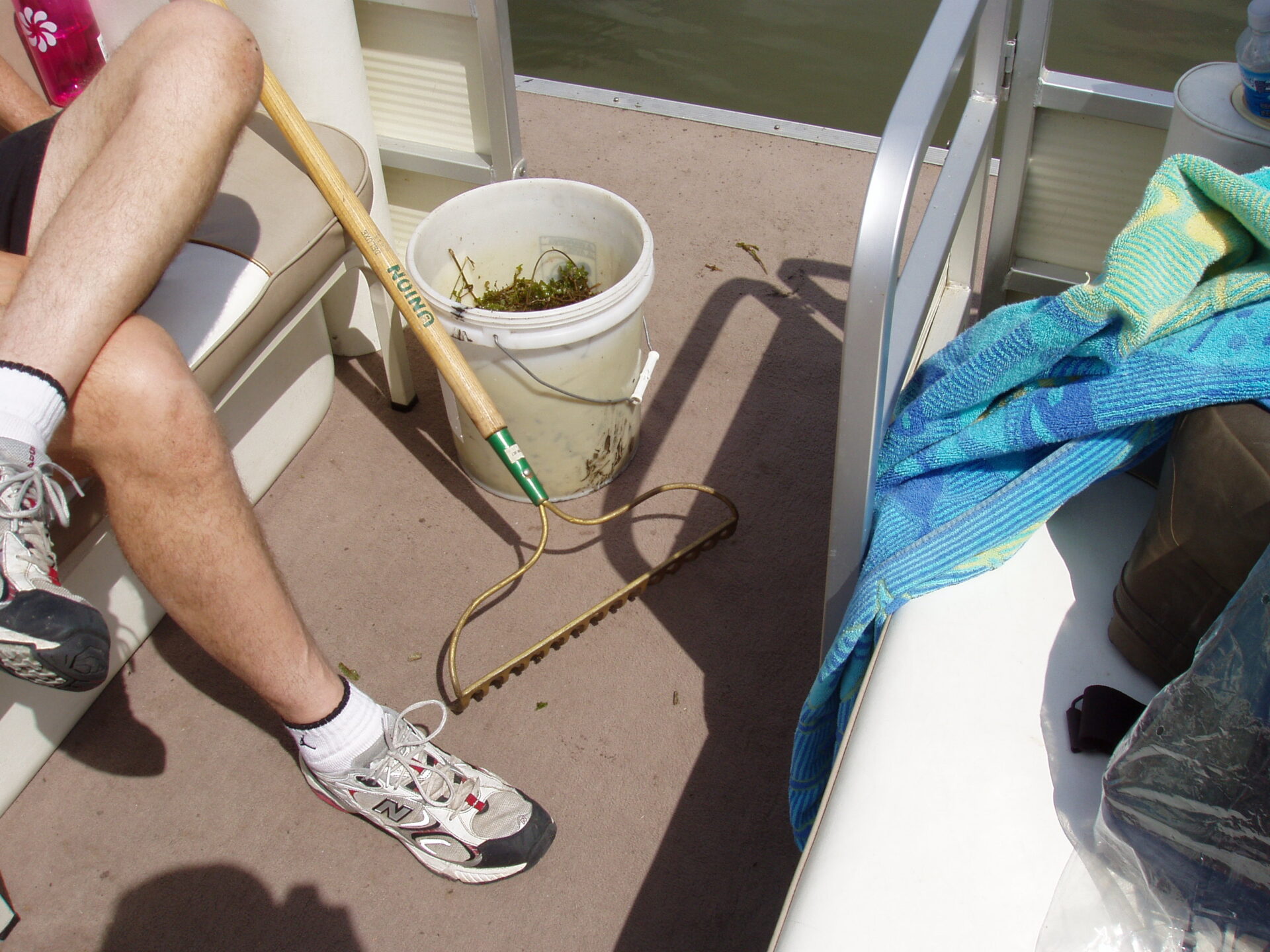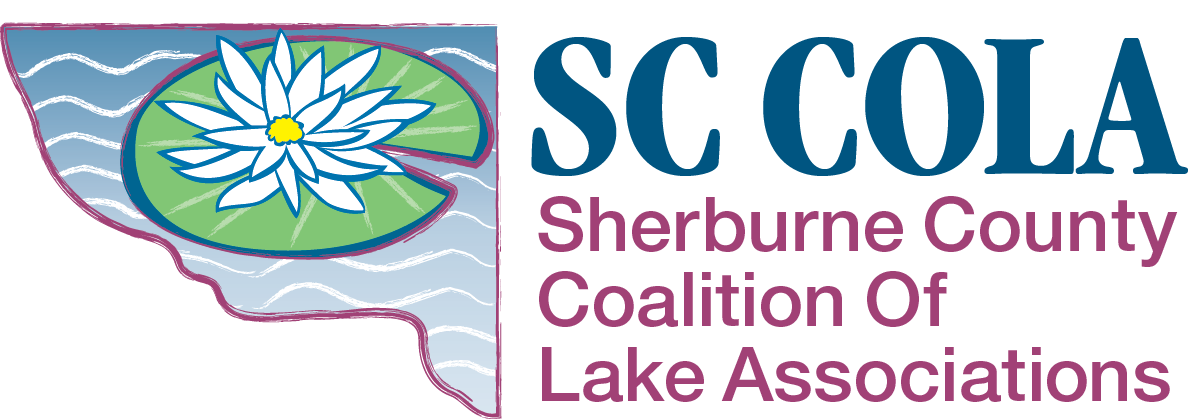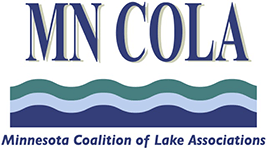

General Education
Our Lakeshore Connection animated video about lakeshore restoration and stewardship. Created in collaboration with the Anoka County Water Resource Outreach Collaborative and several local Lake Associations.
Bring L.I.F.E. to the Deck life jacket and water safety educational videos that were created by a girl scout who is working with the Ann Lake Improvement Club.
Lake Advocacy
Our COLA is a member of MN COLA, a statewide organization with the mission of preserving, protecting and improving the waters and shorelands of the State of Minnesota through advocacy, education, and sharing of best practices.
MN COLA Website
Aquatic Invasive Species (AIS)
Aquatic Invasive Species are nonnative aquatic plants that proliferate and inhibit navigation or are a public nuisance. These include Curly-leaf Pondweed, Eurasian Water Milfoil, spiny water flea, Starry Stonewart, zebra mussels and others.
It is state law that you clean and drain water-related items (motors, bilges, trailers, wells, etc.) and dispose of unwanted bait in the trash before you leave a waterbody.
Additionally you may spray a watercraft with very hot water and dry the item for 5 days to prevent the spread of AIS. If you travel between lakes or buy a used water-related item, it is vital that you do so.
Please see:
Sherburne SWCD AIS
DNR Prevent Spread of AIS
DNR Invasives index
MN COLA Invasives
Other Aquatic Plants
There are good aquatic plants, too, and the Minnesota Department of Natural Resources suggest you leave them alone.
For plant identification, please see:
DNR Aquatic Plants Identification
In cases of extreme nuisance of submerged plants, you may hand-pull them from your lake without a permit, within guidelines:
DNR Shoreland Management Regulations
Runoff
When it rains, stormwater runs off impervious surfaces like decks, driveways, sidewalks, roofs, and roads into ditches and gutters travelling UNTREATED into a waterbody. It may carry grass clippings, leaves, bacteria, antifreeze, oils, and pollutants with it, reducing the water quality of nearby waterbodies.
Please see:
Sherburne SWCD Stormwater program
Sherburne SWCD Backyard Conservation
City of Big Lake Stormwater Information
MN Extension Rain Gardens
DNR Native Plants
There may be cost share monies through the Sherburne Soil and Water Conservation District available for some of your projects:
Sherburne SWCD Financial Assistance
Permits
When doing shoreland work, please check first with your local municipality or county to see if a permit is needed.
General information:
DNR Do I need a permit?
Septic Systems
Maintain your system to help against failing and keep bacteria out of waterways. Please check with your local municipality for regulations.
How to maintain your septic:
U of MN For Septic System Owners
Septic compliance if your municipality has no regulations:
Sherburne County Septic Compliance


